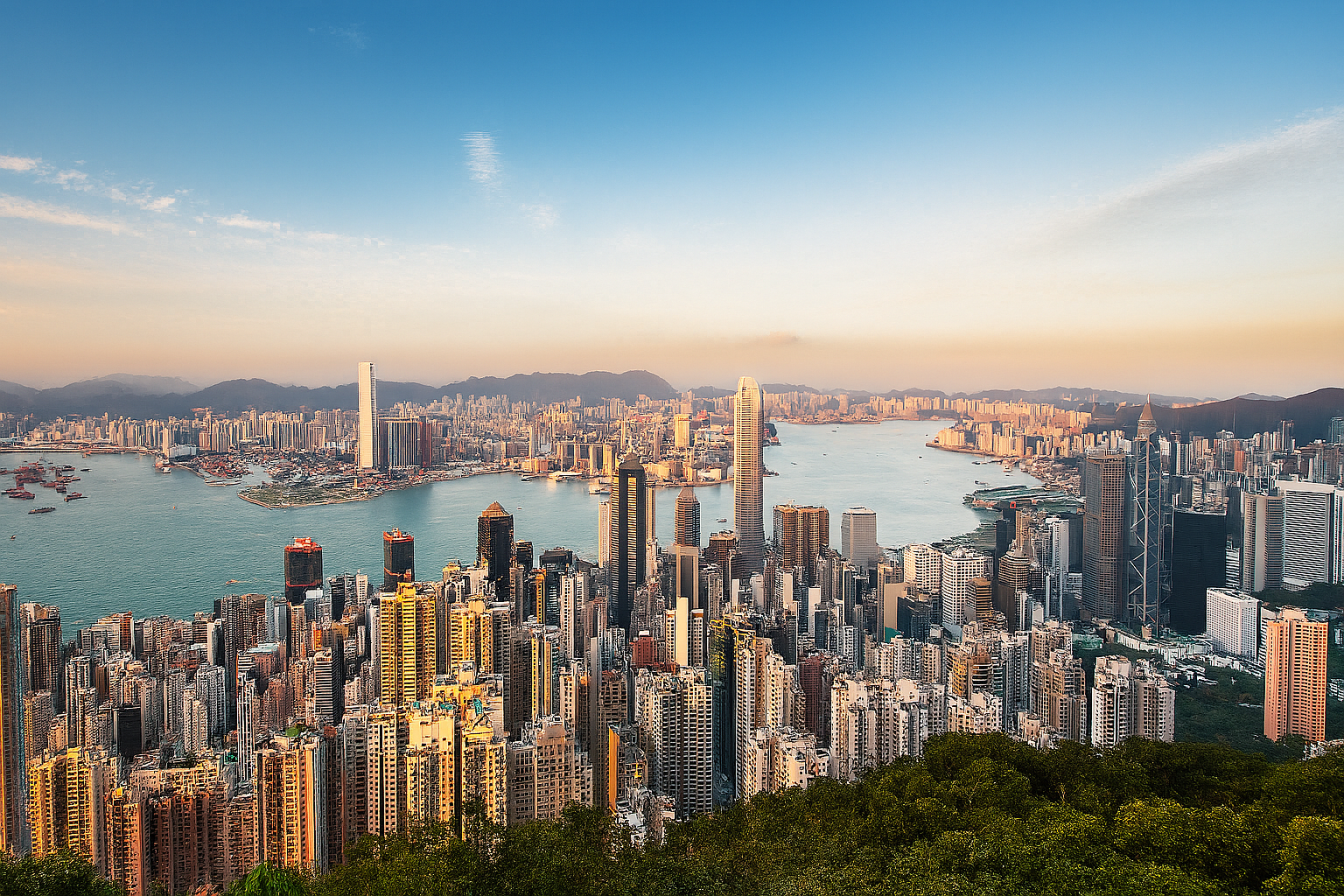Hong Kong’s tightrope: Balancing control and resilience
The densely populated city-state of Hong Kong continues to be a powerhouse of finance and trade even as it faces resilience challenges, including climate change and water stress.

In this series, we take a closer look at how key countries and territories ranked in this year’s FM Resilience Index. The FM Resilience Index is a tool developed to help understand a country’s vulnerability to disruptive events and its ability to recover swiftly, as well as which risks are manageable. The index provides a comprehensive risk assessment of 130 countries and territories.
Remember those “unique” descents and landings at Hong Kong’s old Kai Tak Airport? After a big right turn, passengers had front row views of Hong Kong's skyline as aircraft navigated through the city's buildings and mountains. Believe it or not, the last of those was 27 years ago.
Over the next nearly three decades, Hong Kong's economy has shown remarkable strength, most recently with a GDP growth rate of 2.5% year-on-year in Q4 2024. The city's focus on innovation and technology has led to the emergence of over 4,700 startups and more than 15 homegrown unicorn companies (startups valued at over US$1 billion) since 2014, including a number of leading Fintech players. This thriving startup ecosystem contributes significantly to Hong Kong's economic productivity and global competitiveness.
Ranked at 46 overall in the 2025 FM Resilience Index, Hong Kong enjoys high rankings across the board in areas such as productivity (15), greenhouse gas emissions (4), logistics (7) and control of corruption (15). With a population of 7.5 million, the Special Administrative Region of China is the most urbanized region in the world. Hong Kong continues to retain its historic status as a global financial hub and ranked 31 on political risk in the 2025 FM Resilience Index, just ahead of Estonia and the Netherlands.

Experts agree that climate change poses a significant threat to Hong Kong's long-term prosperity—it has a climate exposure rank of 124 this year. The city is experiencing more frequent extreme weather events, including heavy rainfall, rising sea levels and let’s not forget that even though it’s been over 40 years —it has snowed.
These environmental challenges necessitate robust adaptation strategies, particularly in coastal and low-lying areas. Hong Kong has responded with a comprehensive climate strategy, the Climate Action Plan 2050, naming climate change as, “the defining challenge of our time”. It aims to reduce carbon emissions by 50% before 2035 and achieve carbon neutrality before 2050.
“The city's focus on innovation and technology has led to the emergence of over 4,700 startups and more than 15 homegrown unicorn companies (startups valued at over US$1 billion) since 2014, including a number of leading Fintech players.”
Hong Kong faces challenges related to water stress and energy intensity as well, as the territory's population faces ongoing challenges with its water supply. Hong Kong's two main sources of water are rainfall from natural catchments and Dongjiang water from Guangdong Province. Shortage of natural storage reservoir sites led to the construction of what has been dubbed, “The reservoir in the sea” at Plover Cove. The government’s Total Water Management Strategy, implemented in 2008, aims to address growing demand and climate change impacts on water resources. Initiatives include promoting water conservation, encouraging water-efficient devices, and improving water loss management. As a result, Hong Kong is ranked 95 when it comes to water stress—a measure of freshwater withdrawal as a proportion of available freshwater resources.
Hong Kong's total health expenditure as a percentage of GDP is relatively low compared to other advanced economies, hence its rank of 73. Featuring both private and public health systems, the government’s Health Bureau has said that avoiding lengthy wait times, overcrowding, and physician shortages have become more front-of-mind in the Hong Kong system, a region known for its focus on fiscal responsibility.
Like in many parts of the world, geopolitical risk seems to be the new normal, yet in Hong Kong signs of optimistic stability abound. More than 500 enterprises chose to establish or expand their operations in the city in 2024 alone, and along with the impressive 18 percent increase in the Hang Seng Index last year, there is the successful completion of the ambitious Kai Tak Sports Park, a massive new 28-hectare landmark that is part of the redevelopment of the former airport site.
Those steep right turns at the checkerboard over Kowloon and into Kai Tak are a distant memory now. However, the next generation of resilient, entrepreneurial and adaptable citizens of Hong Kong now have a new vison for this fascinating territory, with the ongoing evolution of ‘relative autonomy’ —and its best days —still to come.
